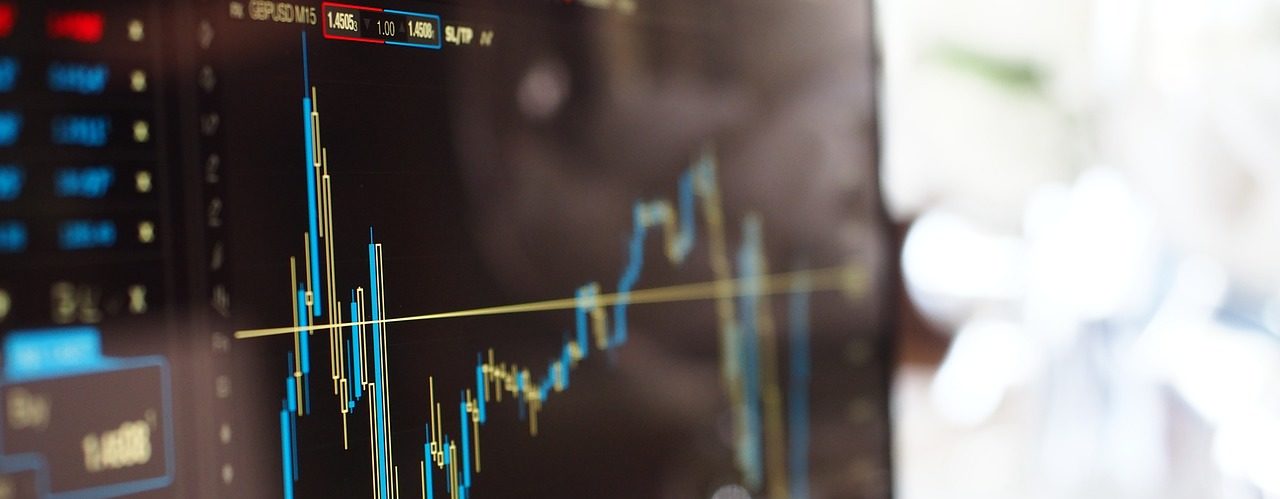MARKET INSIGHT — September 2023
MARKET INSIGHT
Prime Partners’ monthly analysis of global economic and financial market news.
Dear passengers, we are beginning our descent.
For months now, we have been hearing talk of a «soft landing» for the US economy, and we had come to wonder whether there really would be one, in view of its remarkable strength. Indeed, both admirers and critics of central bankers have been striving for some time to depict either a «soft landing» or a «hard landing» scenario for the world’s leading economy.
If we were to visualize these two perspectives, it would be tempting to picture Jerome Powell at the controls of the world’s largest airplane, approaching a rather short and narrow landing strip, with the aim of ensuring a smooth return to the ground for all passengers.
August provided investors with some signals, from both the macroeconomic and corporate fronts, that the plane has begun its descent, and so far without too many jolts.
We did not really learn anything new from the mouths of central bankers at the Jackson Hole conference, the annual high mass of economic and monetary policy. Unsurprisingly, in an unspectacular and consensual speech, Mr. Powell more or less acknowledged the pause in rate hikes and placed himself in «data dependent» mode, meaning that the US Federal Reserve should now observe the effects of the monetary tightening of recent quarters on inflation figures and maintain its key rates at current levels.
Europe, meanwhile, is a little behind in this process, and we expect the ECB to adopt the same stance as its US counterpart after a final rate hike.
In the financial markets, participants are often in too much of a hurry, and impatience is a widespread characteristic when it comes to investing.
The last few quarters provide a good illustration of this, with economies that for a long time seemed impervious to the aggressive tightening of monetary conditions enacted by the world’s major central banks in order to curb inflation. The fairly marked slowdown in manufacturing sectors was more than offset by the strength of services, particularly those related to technology.
But as is often the case, good things come to those who bide their time, and the current high cost of capital is beginning to reveal more tangible signs of a cooling US economy, particularly with regard to consumption.
In fact, it seems that the American consumer is starting to tread a little more carefully than a few months ago.
Even if we are still a long way from a sharp general slowdown — in other words, a «hard recession» — in the U.S., it does seem that the American consumer is starting to tread a little more carefully than a few months ago.
The Q2 figures announced by most major U.S. retailers, as well as their outlook, were hardly encouraging, highlighting the first signs of a change in consumers’ fortunes. Rising credit card delinquencies and a low point in mortgage applications all suggest that the transmission of rising interest rates to the economy is becoming increasingly visible.
At the same time, inflation numbers have continued to decline, even if we believe that the 2% target will not be reached in the coming quarters. A few temporary blips, brought on by rising energy prices, could even cause investors to break out in a cold sweat, as they continue to scrutinize the FED’s actions.
The prospect of a change in the inflation target to a new objective of 3%, a possibility that has been widely discussed in recent quarters, now seems unlikely, as central bankers have stuck to their guns, without causing any stock market disasters so far.
That said, the bearish reaction of equity and bond markets, particularly in the first two weeks of August, is by no means illogical. Indeed, the rise in US yields (with the 10-year Treasury yield reaching a 15-year high) largely explains the difficult month for long-dated equities and the pressure on corporate bond prices. Similarly, the strengthening of the greenback and the concomitant fall in the price of gold are logical developments.
The Chinese situation is also worth considering: following expectations of positive economic repercussions post-reopening that were ultimately far too high, a number of «old» issues came back to the fore in August, notably that of a potential collapse of the real estate sector.
This obviously did not help market sentiment, even if recent developments, and in particular the measures taken by the government in Beijing, seem to have succeeded in (temporarily?) reassuring investors. However, the performance of Chinese equities in 2023 is still a long way from that of their American and European counterparts.
In terms of asset allocation, the modest downturn in August has in no way prompted us to change our thinking. Our central scenario remains that of a soft landing for the US economy in the coming months, with no recession, at least in 2023.
Europe should also manage to limit the negative impact of its fight against inflation, but with a delay compared to the US and perhaps to a slightly lesser extent, given the very different structure of European economies.
We are maintaining our underweight position in emerging markets, as the Chinese problems mentioned above seem to us at this stage to be a major brake on any real revival of the country’s economy.
The prospect of a change in the inflation target to a new objective of 3%, a possibility that has been widely discussed in recent quarters, now seems unlikely.
On the fixed-income side, our diversified approach, both in terms of bond types (government vs. corporate) and segments (investment grade, high yield with short duration and convertibles), is making a positive contribution to the performance of our portfolios, in a year when the results of global bond indices at the end of August turn out to be more neutral than we might have anticipated a few months ago. This does not alter our conviction that fixed-income assets will continue to offer attractive opportunities for gains in the environment we expect to see over the coming quarters.
Finally, we remain firmly convinced of the benefits of holding liquid alternative strategies in our allocations, covering both equities and bonds. We also continue to believe in gold, which should regain its appeal for investors, especially if US yields start to ease and the dollar becomes less robust than it has been over the summer.
With two thirds of the year behind us, we believe it is important to stay on course with our central scenario, and therefore with our allocations. The US economy is not expected to go into recession in 2023, and the FED is succeeding at this stage in cooling the engine without killing the economic expansion.
Europe is by no means underperforming in this same perilous process, and the ECB’s apparent lag of a few months behind the FED does not in any way suggest that the objective will not be achieved.
Finally, it is always worth remembering that, once again, the earnings season has been a good one overall, pushing back the customary overly alarming forecasts to the following quarter. However, we remain selective in terms of sectors, with technology, healthcare and insurance retaining our preference.
Confidence in one’s convictions is undoubtedly one of the cornerstones of long-term investing. Month after month, our central scenario of a manageable slowdown in the developed economies and their central bankers’ success in fighting inflation has been confirmed, reinforcing our convictions as we enter the later part of the year.

